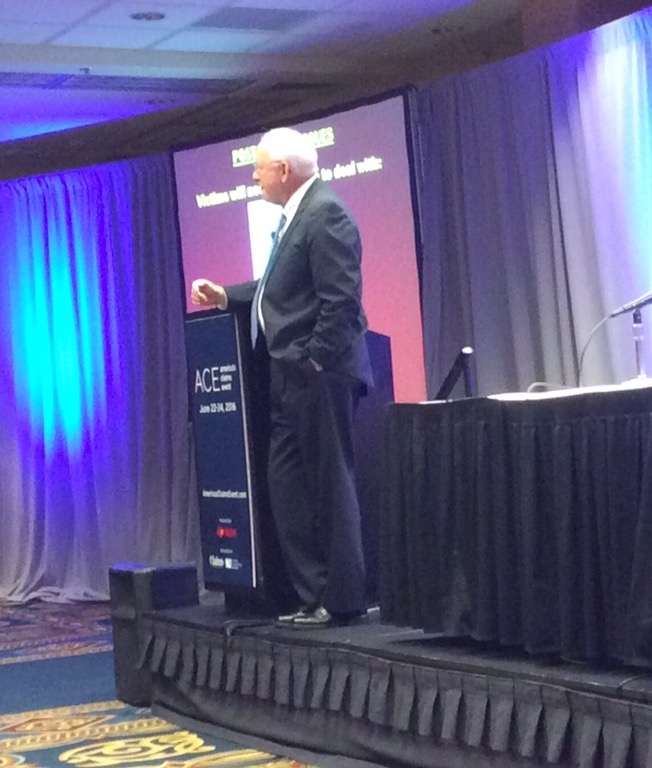Kidnap, Ransom & Extortion
At the 2016 ACE Conference, Wesley Odem Jr from The Ackerman Group LLC presented a session talking about the evolving risk of kidnap, ransom and extortion of company executives.
For a classical kidnapping there are several hallmarks:
- The targets are always pre-selected. This is not usually tourists because of the time it takes to set up something like this.
- Kidnappers are normally motivated by money but it can be ideological.
- Ransom payments can be considerable.
- Surveillance precedes the abduction.
- It usually happens near home or the work place.
- Captivity lasts days, weeks or even months.
The worst country for kidnappings right now is Mexico. Kidnappers there are not only targeting affluent individuals but also middle class people seeking smaller ransom amounts. Unfortunately often times the police are either involved in the kidnapping or they have knowledge of it. There are no statistics around the volume of kidnapping in Mexico last year but conservative estimates are around 10,ooo for classical kidnappings and 20-30,000 cases including express kidnappings.
Express kidnappings involve grabbing someone and forcing them to take the max out of their ATM account. These often happen when someone his hailing a cab on the street and a fake cab picks up the person then takes them to others who hold them hostage for a couple days to get money out of the ATM.
Up until five years ago Columbia was the worst nation for kidnappings and this was happening to 50-100 Americans every year. Due to increased military action this threat has been greatly reduced.
The most dangerous part of the world for kidnappings is in the Middle East as these are usually ideologically motivated. The targets are usually government workers or those in the oil industry. These kidnappings can take several years to resolve.
The insurance company that issues a kidnap and ransom policy will hire a security crisis responder to assist the client during the incident. The insurance company stays out of the picture and let’s the security crisis responders deal with the situation including negotiating with the kidnappers. The policy limits for kidnap and ransom are for the ransom only. The costs associated with the security crisis responder are also paid by the carrier outside the policy.
The security crisis response company takes responsibility for every aspect of the hostage situation including working with local law enforcement and negotiating the release of the hostage. The only aspect of the situation they do not control is the decision making. Whether or not to pay a certain amount in ransom is up to the client.
Some countries do not allow you to legally pay ransom or negotiate with kidnappers as they do not want to encourage this activity. However, the security crisis response team will at times work clandestine to get the hostage released and circumvent local law enforcement.
If the kidnapping involves a US citizen, the FBI is always involved by law. They have a team dedicated to these cases.
The security company is often caught between the family and law enforcement. The family is focused on getting the person released at any cost, while law enforcement does not want to overpay. As strange as it sounds, there is a “going rate” for hostages in certain areas of the world.
You never get the hostage back at the same time you pay the ransom but they are always delivered by the kidnappers. This is because the kidnappers view this as a business transaction and if they do not deliver the hostage no one will negotiate in the future. The team delivering the money is usually ex-special forces who are in charge of guarding the money. Proof of life is necessary before delivering the money and it is always delivered per kidnappers instructions. They do not allow the police to try surveillance of the ransom pickup for fear this would cause the deal to be blown.
When you get someone back from a kidnapping situation they will need extensive psychological counseling. It is a very traumatic experience. The costs of this counseling is also covered by the kidnap and ransom policy.


